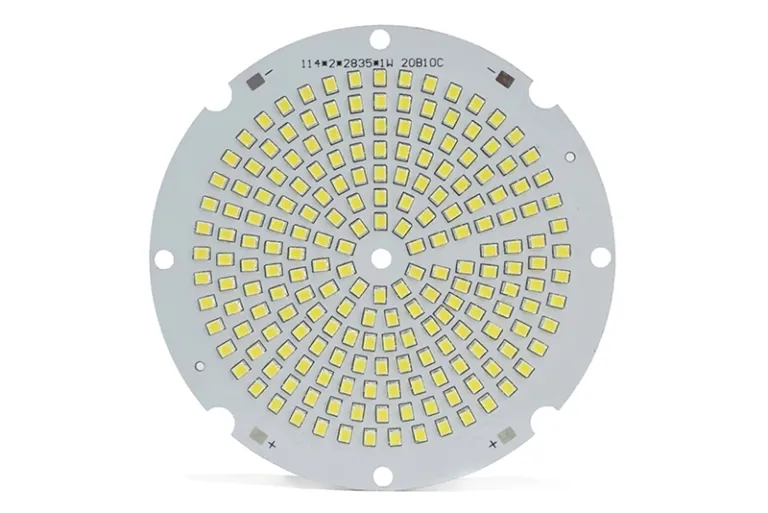
Aluminum is a passive metal. Like titanium, tantalum, niobium and other metals, passive oxide film on the surface is an important factor to provide protection. Therefore, anodic oxidation is a very effective means of metal protection. Anodic oxidation treatment for aluminium and its alloys is an “wanneng” way to improve the protective and decorative characteristics and even functional effective ways. Anodic oxidation process of aluminium can be classified from various angles, such as electrolyte solution, waveform of anodic oxidation power supply, structure of anodic oxide film, characteristics of anodic oxide film, etc.

According to the anodic oxidation in different electrolyte solutions, their technological characteristics and the characteristics of anodic oxide film formation are briefly introduced.
01-sulfuric acid anodic oxidation film sulfuric acid anodic oxidation is the most widely used process. The sulfuric acid solution is very stable and the cost is relatively low, which does not produce special pollution and is easy to treat waste liquor. Sulfuric acid anodic oxide film is colorless and transparent, and its treatment cost is relatively low. It is also suitable for various coloring methods and sealing methods. The porosity of sulfuric acid anodic oxide film is about 10%, which is suitable for electrolytic coloring treatment. In addition, the oxidation film has strong activity and is suitable for dyeing treatment.
02-oxalic acid anodic oxidation was widely used in Japan in the early period. Because its process cost 3-5 times higher than that of sulfuric acid anodic oxidation and the poor stability of electrolyte, its application is not as extensive as sulfuric acid at present. However, when combined with sulfuric acid to form mixed acid solution, oxalic acid anodic oxidation has a higher external electrolyte, so its energy consumption is relatively high. The film is transparent and shows the color of light yellow, with low porosity, high hardness, good wear resistance and corrosion resistance, which is not suitable for dyeing or dyeing.
03-Chromate anodic oxidation chromate anodic oxidation is mainly used in high corrosion resistance occasions. – constant voltage anodic oxidation is generally used. The appearance of chromate anodic oxide film is milky white or gray, opaque, with low flexibility, low porosity, good crack resistance (heating or bending) performance, which can not be sealed when used.
04- phosphoric acid anodic oxidation was used for the pretreatment of aluminium plating in the early time. At present, it is mainly used for the pretreatment of surface treatment of aluminum printed circuit boards and cementation of aluminium workpieces. Phosphoric acid anodic oxide film has larger pore size and better adhesion to the coating, but its corrosion resistance and mechanical strength are poor. Phosphoric acid anodic oxidation is also used to prepare dark-colored anodic oxide film of heat absorbing plate in solar energy absorber, or as the bottom layer of organic coating.
05-Because boric acid anodic oxidation the low corrosivity of boric acid to the oxide film, the anodic oxide film formed by boric acid anodic oxidation is usually used in electrolyte capacitors.
06-Mixed acid anodic oxidation takes some special needs into account, such as reducing the corrosiveness of flow acid solution, improving the hardness and wear resistance of the anodic oxidation film. Some organic acids (such as oxalic acid, tartaric acid, etc.) can be added to the anodic oxidation film. In Japan, it is called “primary electrolytic coloring” in the early integral coloring. In this way, mixed organic acid and inorganic acid are used as the solution of anodic oxidation, which is getting at the process of anodic oxidation treatment.